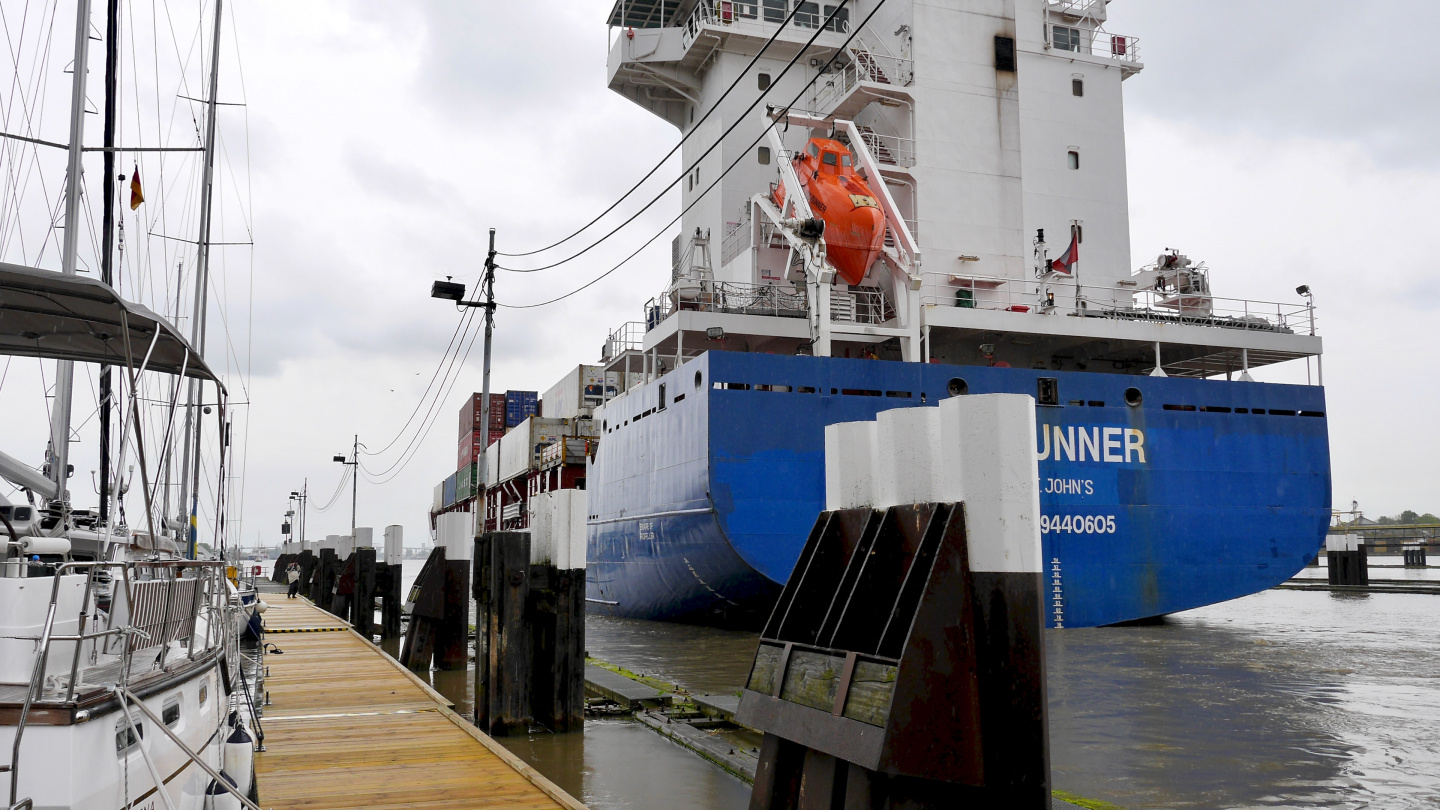The eagerly awaited journey towards the North Sea finally began on Monday the 20th when we cast off the lines in Kappeln. First thing was to stop for refuelling in Kappeln town marina. A guy in charge of selling the diesel praised that “the tanks have just been cleaned”. We were a little ashamed to run 200 litres of diesel through Mr Funnel filter because it passes fuel like a 10 litres per minute. Fortunately there was no queue and we were determinedly using the filter. To our surprise there was about half a litre water at the bottom of the filter and it is quite a much in 200 litres of fuel – we were not embarrassed anymore.
The day was almost windless and rather foggy. Only in the end of the trip for the moment wind went up to 6 knots and we immediately raised the sails. We were sailing for one mile when the wind died again. It was back to the trustworthy iron genny for pushing us to Kiel.
Our original thought was to stop for one night in Düsternbrook marina near the centre of Kiel. However on Saturday a regatta of 16 boats arrived to Ancker marina from Schilksee harbour in Kiel. While barbecuing together with them we got good advice and recommendation to stop at Schliksee Olympiahafen instead. And so we switched our destination. Schilksee is a vast marina with 900 berths. Harbour master even had his own control tower to oversee the marina like from air traffic control tower. When we went to pay the harbour fee we found a small market on a shore. We bought some German sausages. A little snack was spot on while waiting our full dinner cooking in the oven.
On Tuesday morning it was foggy and drizzling. From Schilksee marina it is four nautical miles to the entrance of the Kiel canal. We had to wait almost for an hour before the lights invited us into the lock. At a distance it looks like there is only one white occulting light. Closer inspection however reveals that there are two lights side by side and only one of them is lit. The lit light is pointing to the boats on which side of the lock to make fast. Thanks for this tip to our sailing friend Manfred from Hamburg.
The canal dues are payable at the eastern end of the canal. There is the payment machine on the island between two locks that can be reached by climbing a ladder on the wall of the lock. Andrus inserted some bank notes for paying a 35 € fee, received a receipt and climbed a slippery ladder back to Suwena.
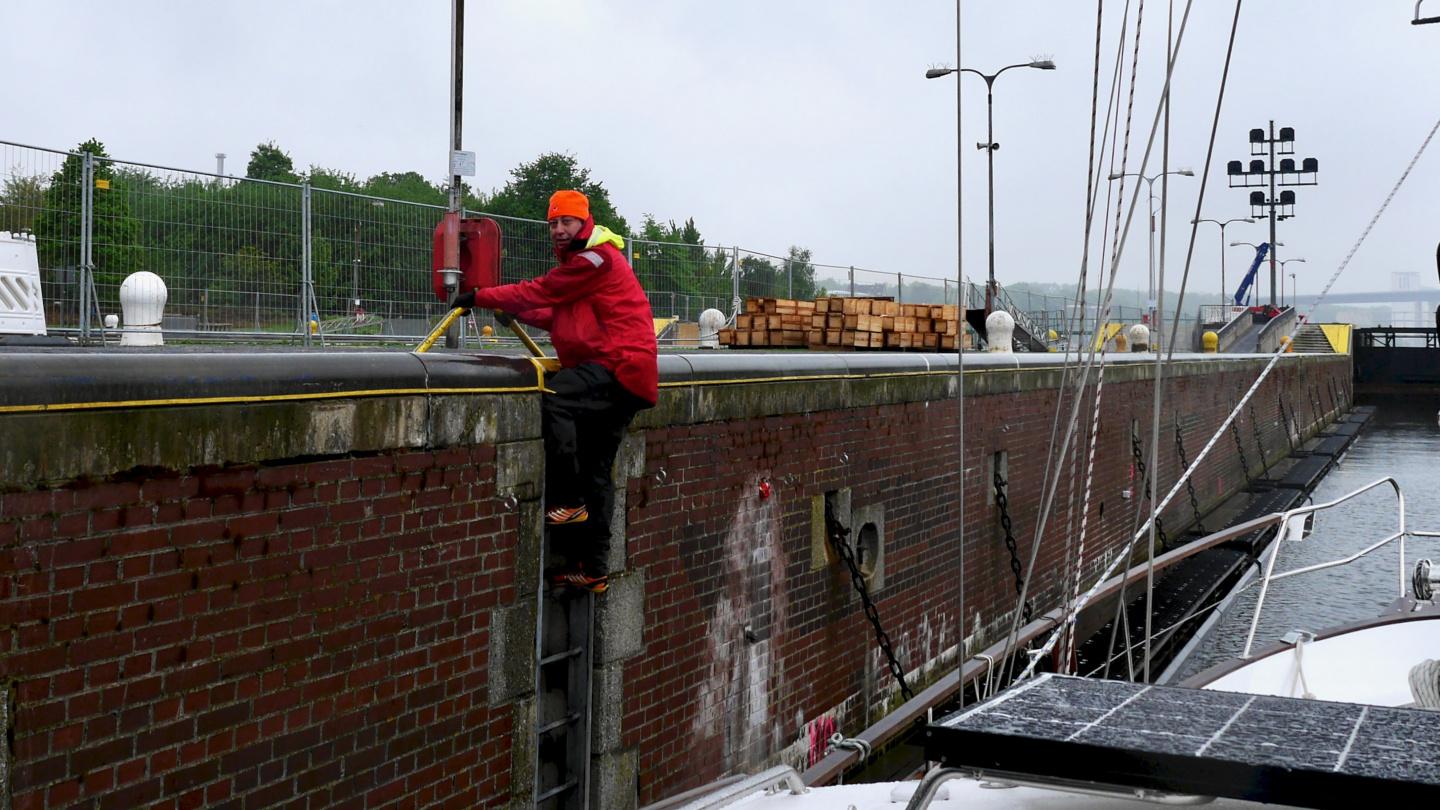
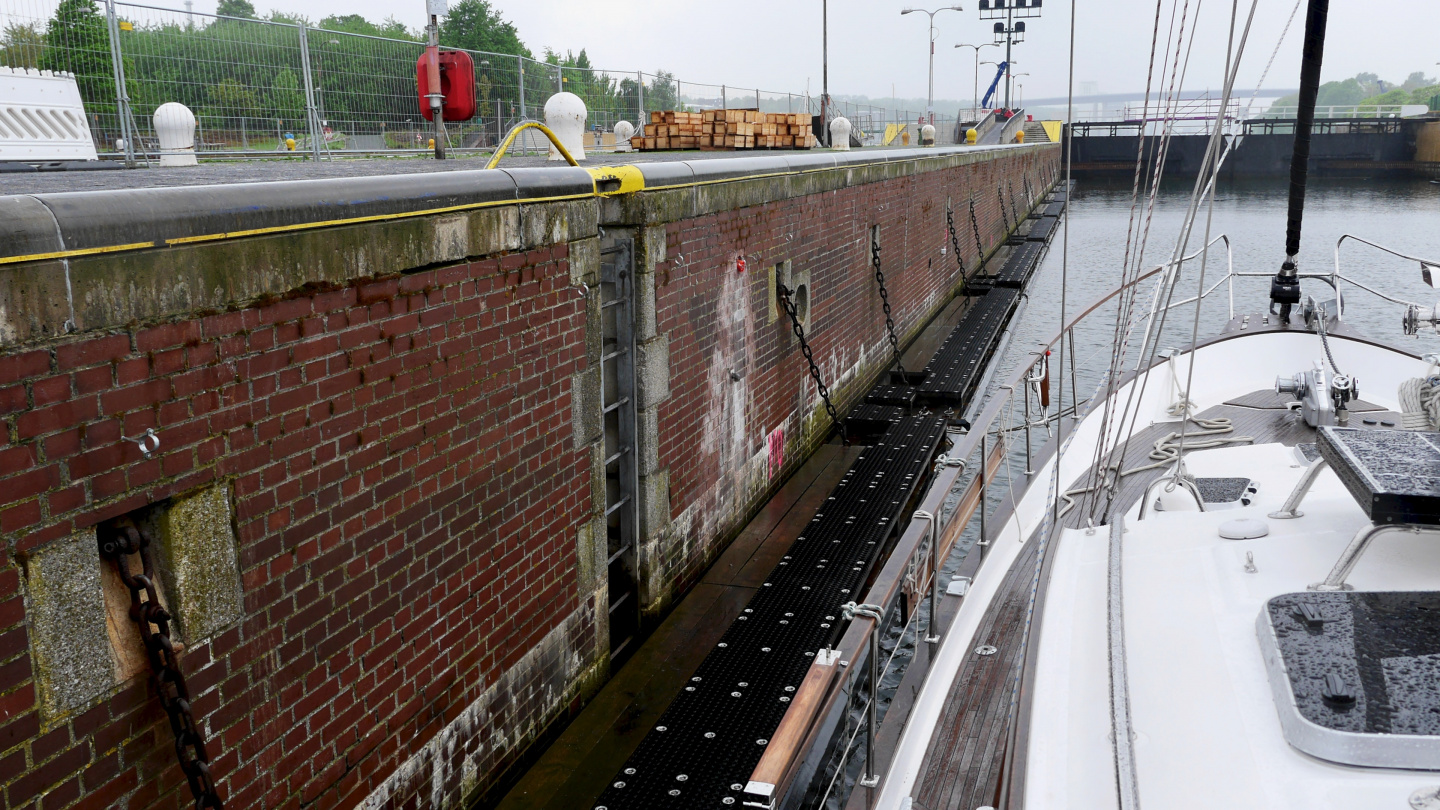
The boats are made fast alongside a floating pontoon and at least during our lockage there was almost no current, also the water level changed only a little. After a moment began our canal journey to Rendsburg.
The official name of the canal is the NOK or Nord-Ostsee Kanal. AIS message “Oulu via NOK” set as a ship’s destination got a new meaning for us as we travelled together with the ships through the canal. Let’s see do we pass by on our way a ship carrying a container to our company in Oulu. The container is booked on a ship arriving from Hamburg to Oulu on 28.5. That would be something!
Two times on a way from Holtenau to Rendsburg a three occulting red lights were lit and the traffic was stopped. Bigger ships need more room and other vessels are held back until the big ones pass the narrow places. We felt being very small on the edge of the canal when at the distance of 30 metres passed by a cruise ship Albatros. She is 673 feet long, 82 feet wide and her draft is 7.5 metres.
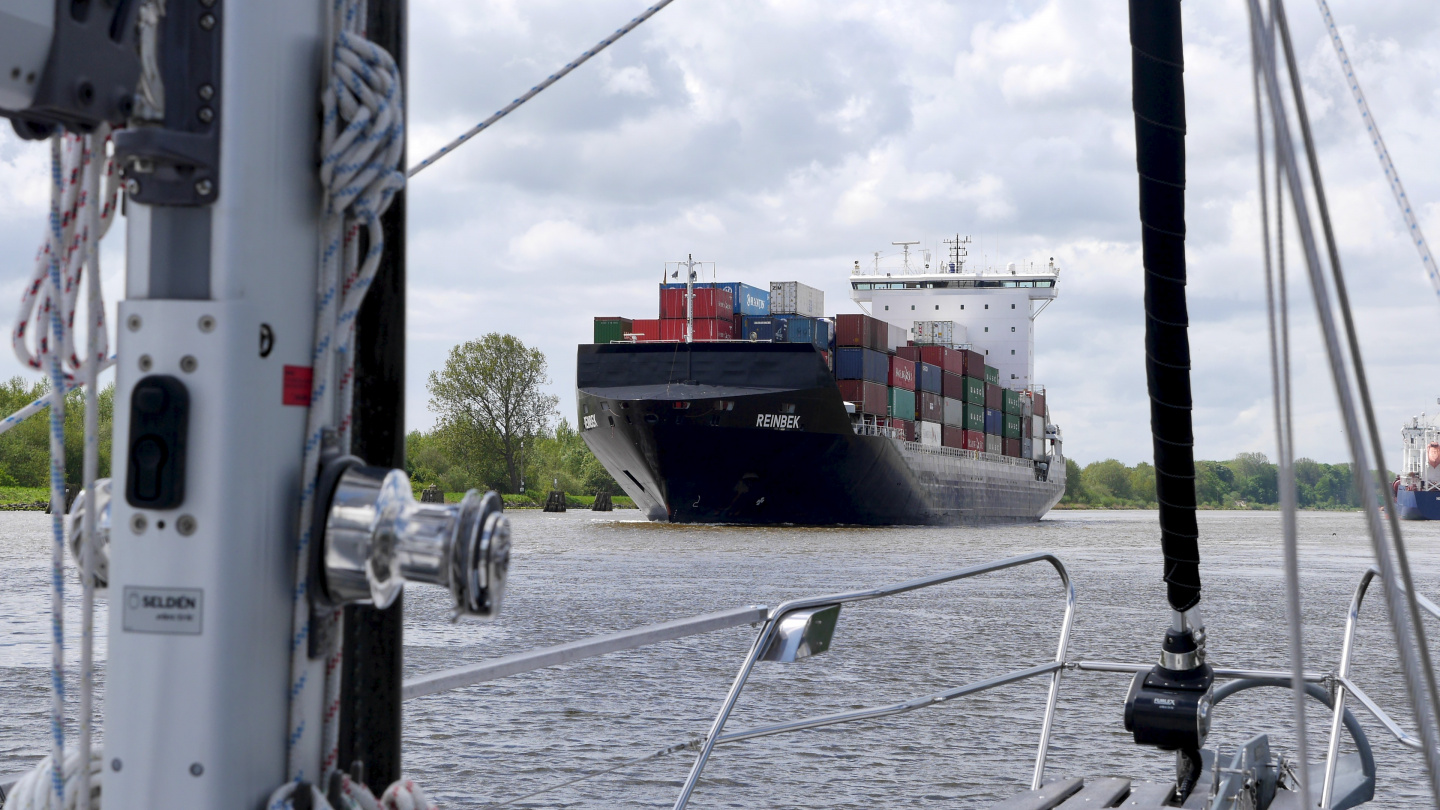
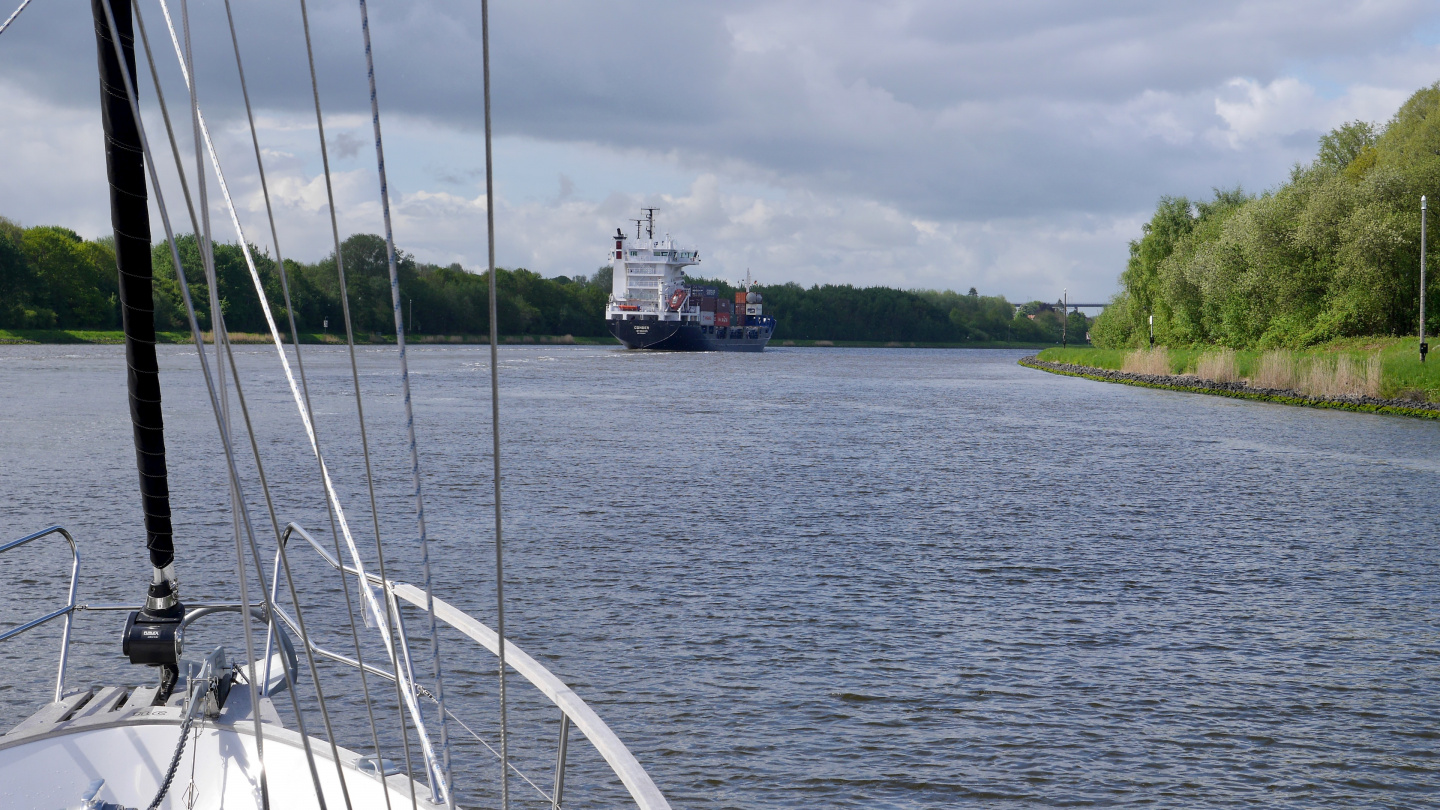
The lockage and control lights work just like presented in canal instructions. The instruction booklet presents all light combinations for pleasure boats. In addition it seems there are many more light combinations for ships. For example during a lit green light the ships can enter to a lock but
pleasure boats can’t.
There are several marinas in Rendsburg area. We arrived at RVR yacht club marina near the centre of Rendsburg. Meanwhile the morning drizzle had turned into a decent shower. Also the wind picked up. As the weather was cold, rainy and windy we decided to have an extra day in Rendsburg.
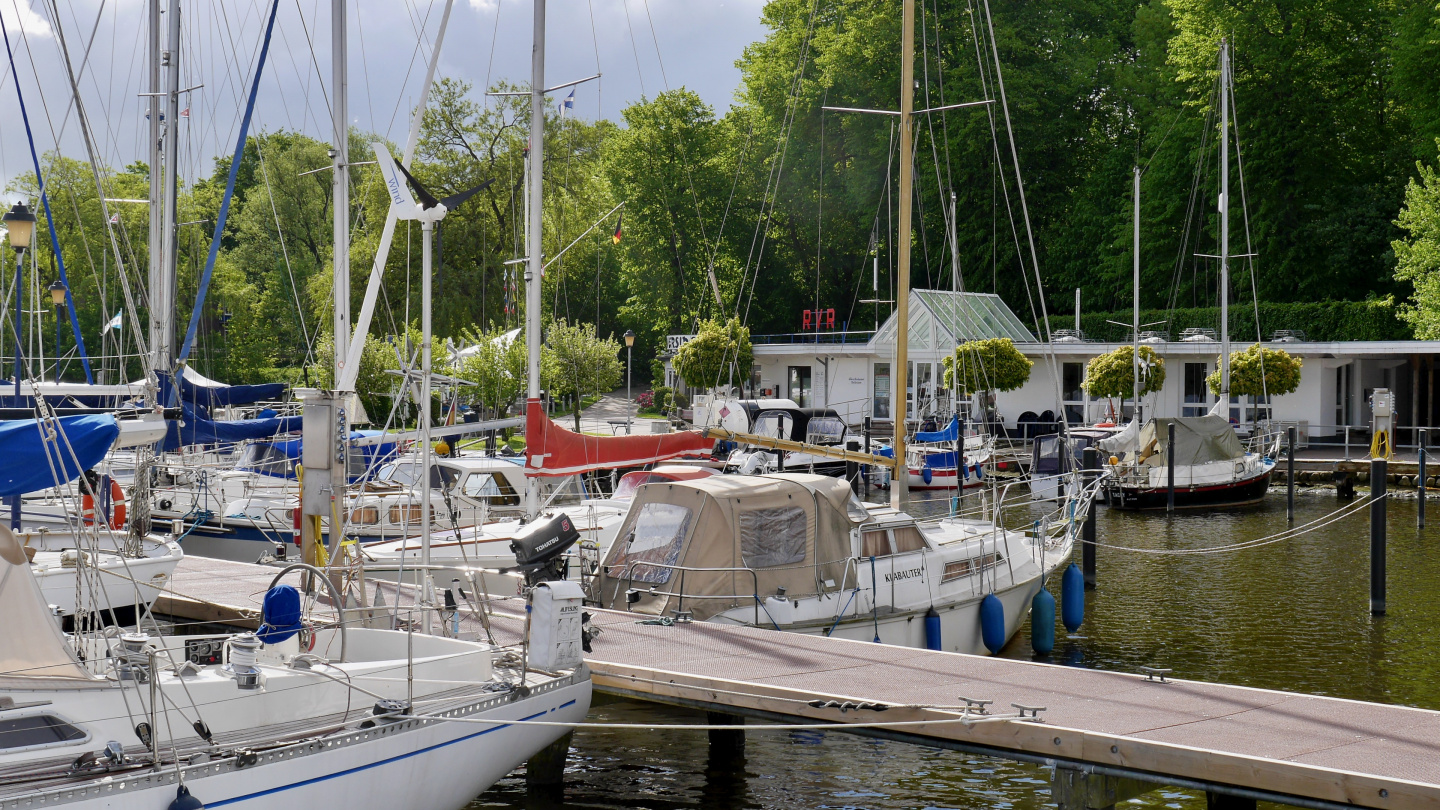
When the rain stopped on Wednesday afternoon and only the wind kept blowing we decided to have a walk in a town. Walking in the old town was nice. Imagine that this town has been on this place since 1150.
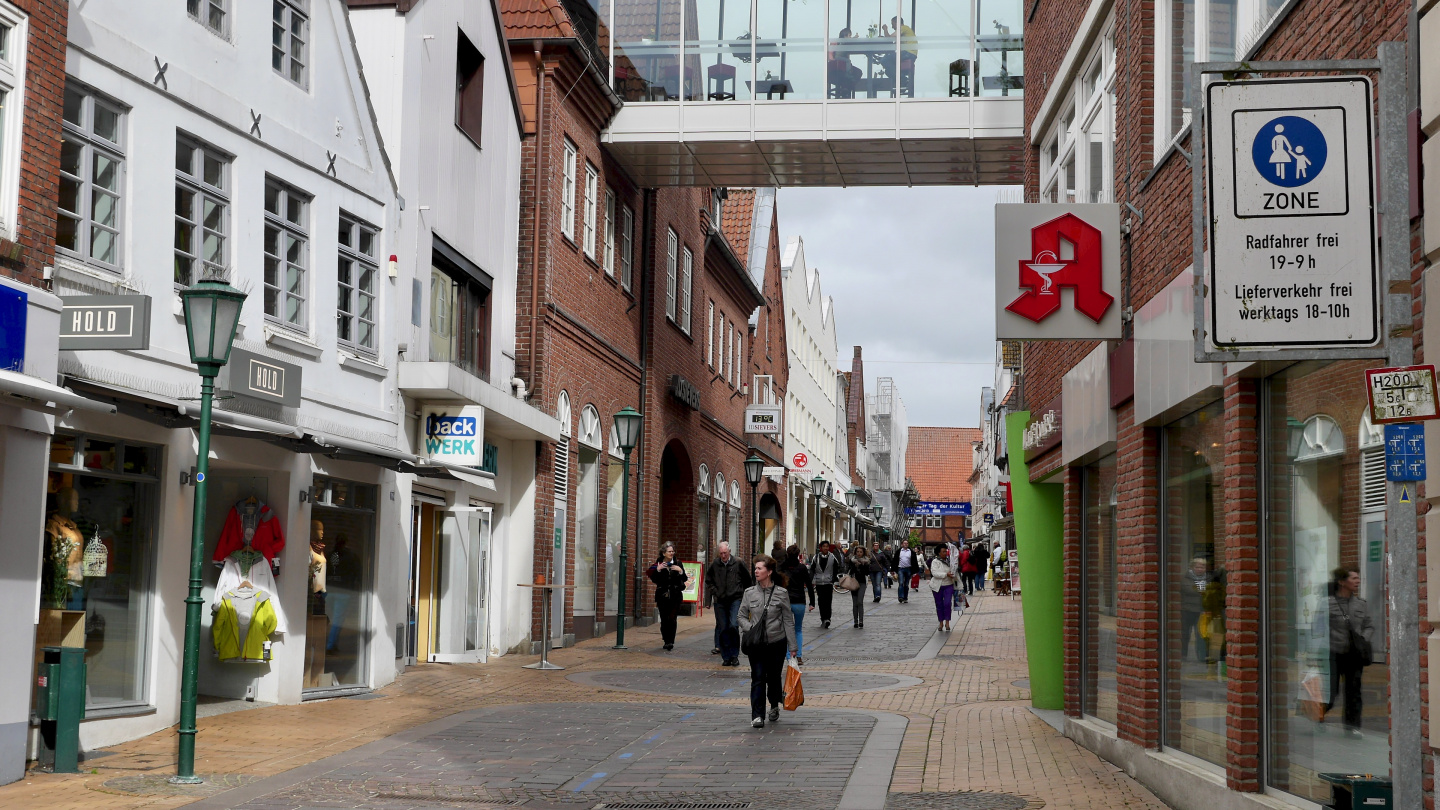
The most interesting acquaintance was a ferry hanging by four cables below the railway bridge or Schwebefähre as locals call it. This year the hanging ferry has been shuttling over the Kiel canal now already for 100 years. Four electric motors drive the ferry across the canal in 1.5 minutes. The carriage size is 14m by 6m and its capacity is four cars with some pedestrians and cyclists. We went for a test run and can report that the ride was smooth despite of the high wind. The ferry travels 6000 km each year so I guess the ferry driver knows the route quite well 🙂
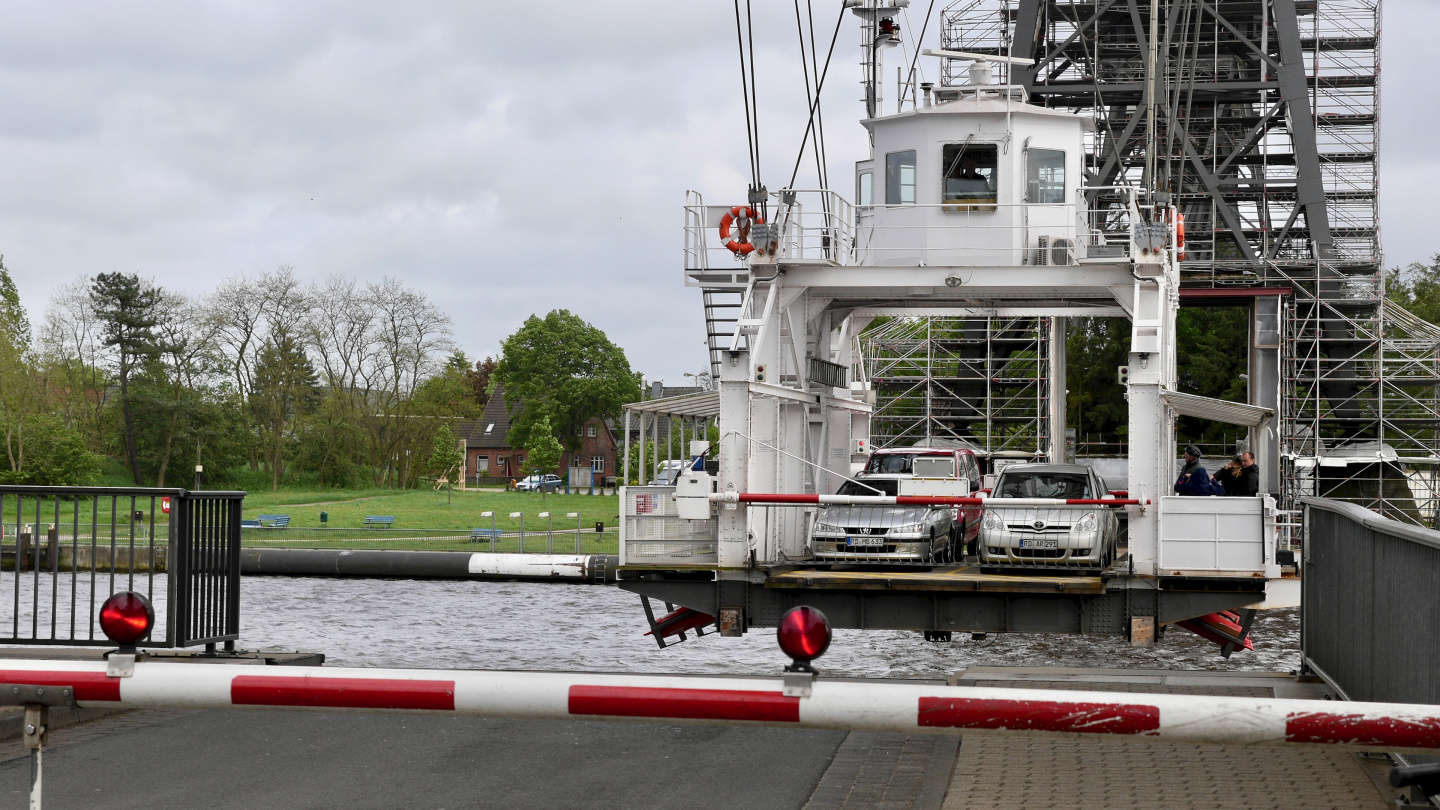
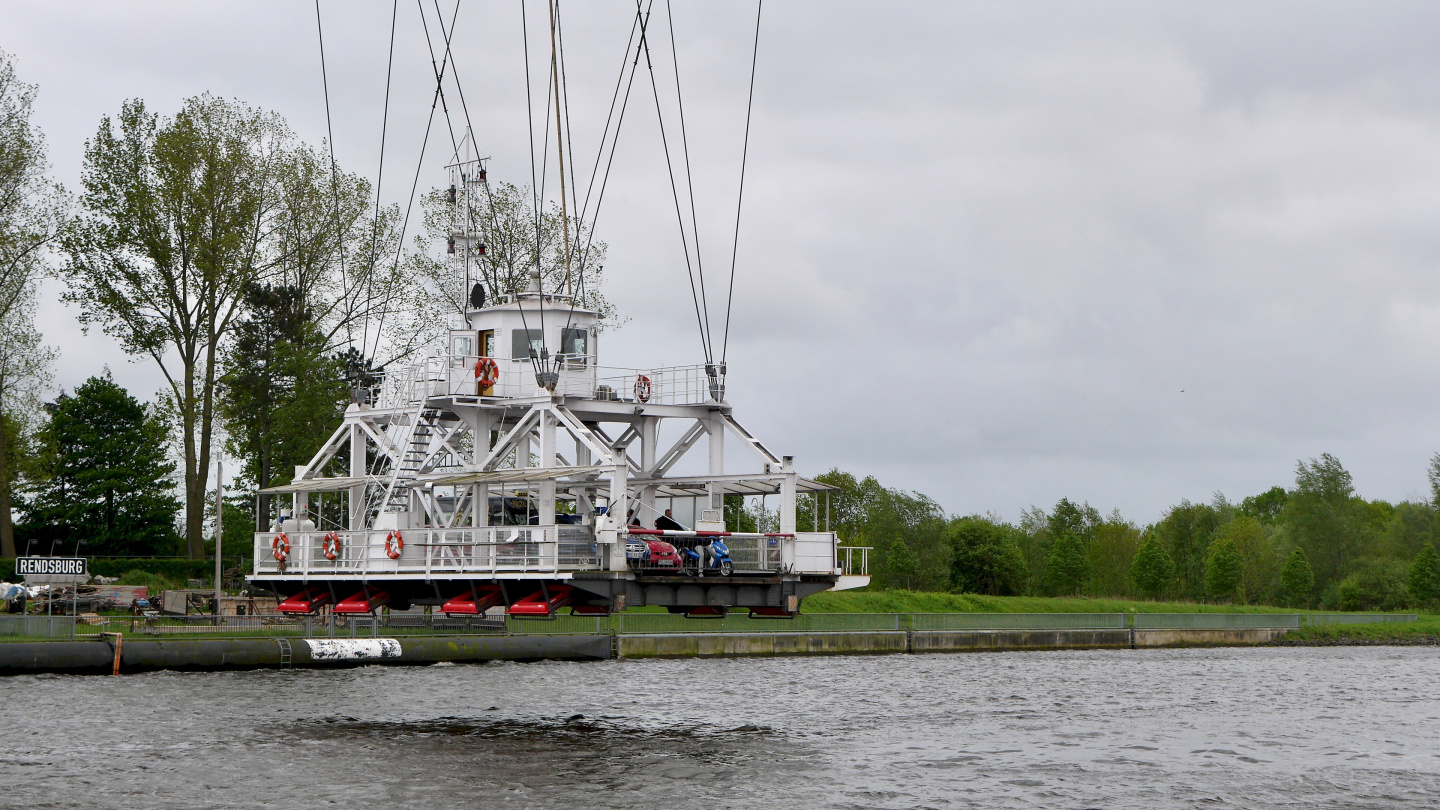
There are also many traditional ferries shuttling cars across the Kiel canal. It is a peculiar that the ferries have absolutely no right of way. They kindly waited for both the ships and pleasure boats to pass by before starting their 150 metre journey across the canal.
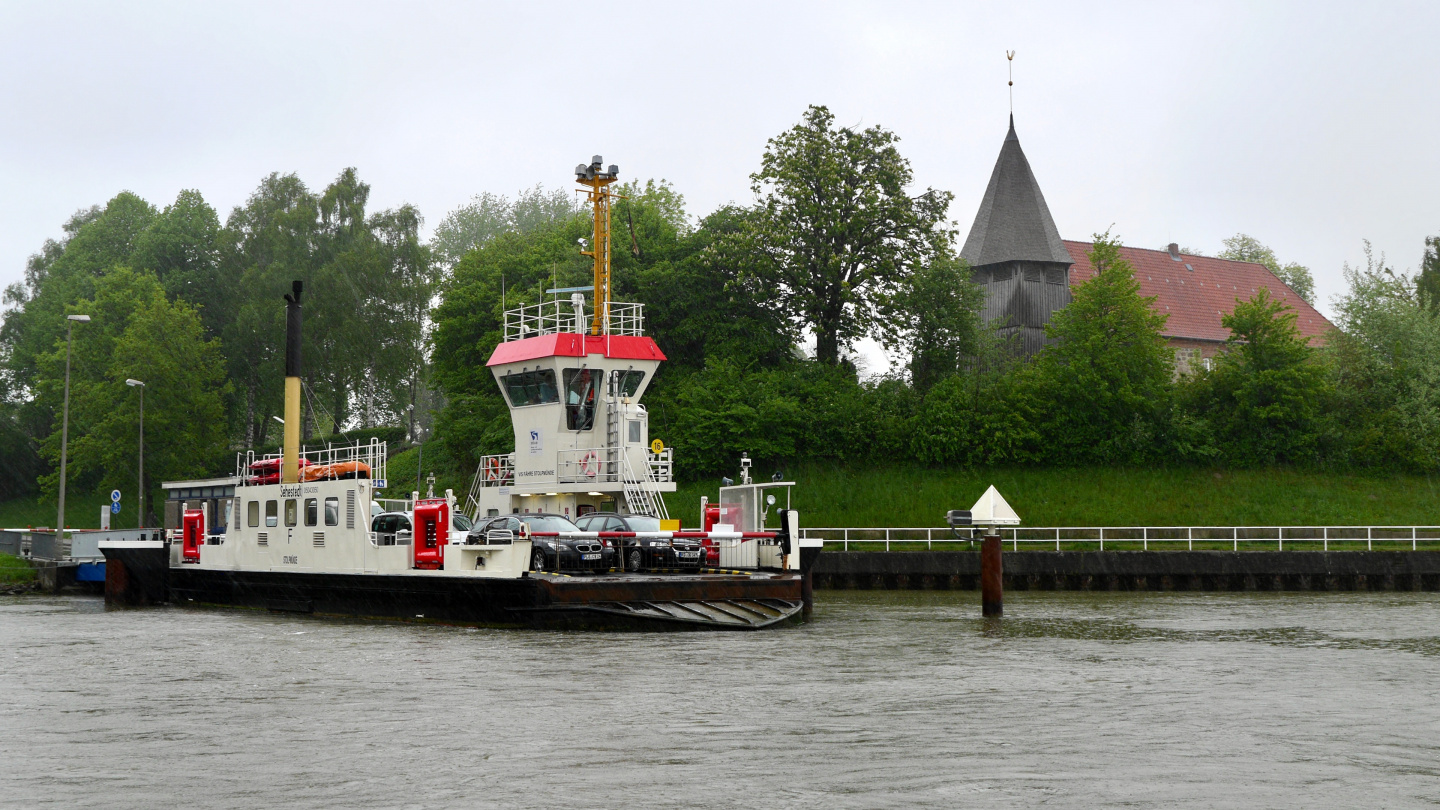
On the chilly but sunny weather we turned Suwena’s bow again to the canal and towards the harbour of Brunsbüttel. Some of ships we met earlier on Tuesday were now on their return trip as we continued west.
The canal is by no means a scenic route. The shores are mostly filled with brushwood and Andrus noted that “The Kiel canal just cannot be compared to the idyllic Göta canal”. Why should we, because the 98 kilometres long canal joining the North Sea with the Baltic Sea is just like a motorway for ships. It is one of the busiest shipping canals in the world.
Now Suwena has travelled through the Kiel canal and we are in the Brunsbüttel marina waiting for Friday morning and the first contact with the North Sea tide. The marina is just next to the Brunsbüttel lock and the big ships pass us at the distance of seven metres. We’ll see if during the next night the ships engines or upcoming tidal waters keep us awake.
